White Wagtail
Crystal Lake Sand Pine Scrub
Crystal Lake Sand Pine Scrub, located in Pompano Beach, is 24 acres of scrub and scrubby flatwoods that are dominated by sand pines. These unique habitats are rare in Florida but rarer still this far south. This scrub habitat site is one of the rarest and most ecologically sensitive communities in South Florida since most have vanished in this area of the state due to development.
Lake May Reserve
Phaon Crescent
Brunner’s Mantis aka Northern Grass Mantis
Camphorweed
Wellington Rotary Peace Park
Red-femured Spotted Orbweaver Spider
McKee Botanical Gardens
Atala Butterfly
Ring-necked Duck
Ring-billed Gull
Sand Key Park
Roseate Skimmer
Luna Moth
Ring-necked Snake
Blue Hole Spring
American Lotus
Enchanted Forest Sanctuary
Grayton Beach State Park
Blacktip Shark
Needham’s Skimmer
Red Cornsnake
June Bug


Great Southern White
Carolina Wild Petunia
Pearl Crescent Butterfly
Lake Istokpoga Park
Yellow Milkwort
Common Ground Dove
Cradle Creek Preserve
Snowy Egret
Golden Aster Scrub Nature Preserve
Great Egret
Sandhill Milkweed
Black Bee Killer and Batesian Mimicry
Riverside Acres Park
Muscadine Grapes
Jamaican Dogwood


Blue Toadflax
Summer Fishfly
The Summer Fishfly, Chauliodes pectinicornis, is an insect that grows to approximately 1 1/2 inches. It is omnivorous and spends most of its life in still or slow-moving water with lots of detritus. Th fishfly undergoes a complete metamorphosis in a log or under bark and emerges as the adult you see here. It will mate, lay eggs near the water, and die within seven days. 
Banded Tree Snail
Gray Hairstreak
Back to Nature Wildlife Refuge
Chuck-will’s Widow
American Coot
Magnolia Park
Gray-headed Swamphen
Atlantic Ridge Preserve State Park
Peregrine Falcon
Blue-winged Teal
Split Oak Forest WEA
Turtle Hospital
Canada Goose
Sunshine Mimosa
Lake Monroe Wayside
Coffee Bean Snail
Snow Goose
Hooded Merganser
Carolina Sea Lavender
Greater Yellow Legs
American Bumble Bee
Fort Christmas Historical Park
Sanford RiverWalk
Wild Turkey
Lower Keys Marsh Rabbit
Painted Bunting
Eastern Gray Squirrel
Gaudy Sphinx
Florida Red-bellied Cooter
Mangrove Periwinkle
Banded Garden Spider
Northern Crab Spider
Southern Plains Bumblebee
Silver Garden Orbweaver
Great White Shark
Great Blue Skimmer
Weedon Island Preserve
Weedon Island Preserve is a natural and cultural gem in St Petersburg on Tampa Bay. Comprised mostly of marine aquatic and coastal ecosystems, with a few upland exceptions. It is home to many native plants and animals, a rich cultural history, and an educational facility. The native peoples lived at this site for thousands of years. Much of the preserve contains mosquito ditches constructed in the 1950s. These ditches help connect sitting pools of water to larger bodies, allowing predatory fish to feed off mosquito larvae rather than use pesticides in the area. Currently, the Preserve preserves this land’s unique natural and diverse cultural heritages. This can be found in the Educational Center and the preserve. Today, Weedon Island Preserve is set aside as a 3,190-acre natural area managed by Pinellas County.
The largest estuarine preserve in Pinellas County is well known for its birding and fishing. The preserve provides over 4.5 miles of nature trails for hiking, 2 miles of boardwalks and paved trails that are ADA accessible, and the remaining 2.7 miles are natural trail loops. At the end of the Tower Trail sits the observation tower and at 45-foot-tall, it is the tallest of its kind in Pinellas County. You can see most of the preserve, Tampa, and St Petersburg if the conditions are right!
If you are tired of walking on land and want to spend time on the water, you are in luck! Weedon Island also includes a 4-mile, self-guided canoeing/kayaking loop called the South Paddling Trail. Meandering through mangrove tunnels and out to the bay. If you don’t have your own vessel, no worries; a company on site provides tours that take you through the maze of mangrove tunnels. Other activities include fishing from the pier, a boat launch at the end of the road, and picnicking at any designated picnic tables provided through the park and trails.
Don’t forget to check the Weedon Island Preserve Cultural and Natural History Center to learn about the natural history of the ancient native inhabitants of the area. Check the schedule of events because not only does Pinellas County sponsor events, UF/IFAS Extension agents also provide a wide variety of educational programs and events for the general public that are family-friendly and often free of charge. Monthly programs may include guided hikes, archaeology classes, speaker series, photography or birding meet-ups, and environmental sustainability workshops.
Amenities:
Educational Center
Wildlife Viewing
Lookout Tower
Information Kiosk
Guided Tours and Trails
Exhibits
Fishing Pier
Paddling Launch and Rentals
Parking Area
Restrooms
Interpretive Signage
Nature Trails, sand
Picnic Area
Seating Area, Pavilion
Bathrooms
Learning Center
Address: 1800 Weedon Drive Northeast, St. Petersburg, Florida 33702
For more information: http://www.weedonislandpreserve.org/
Photo Credit: Aymee Laurain
Author and Photo Credit: Bobby Putnam 
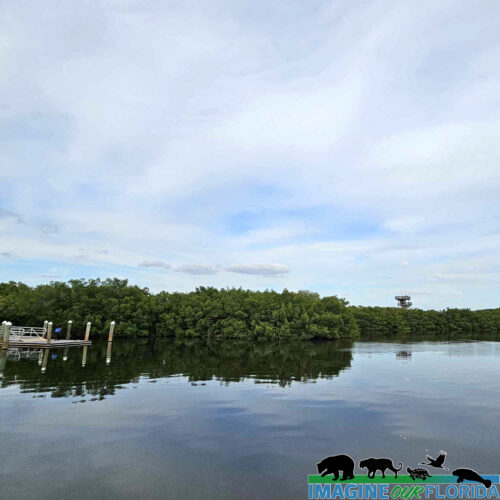







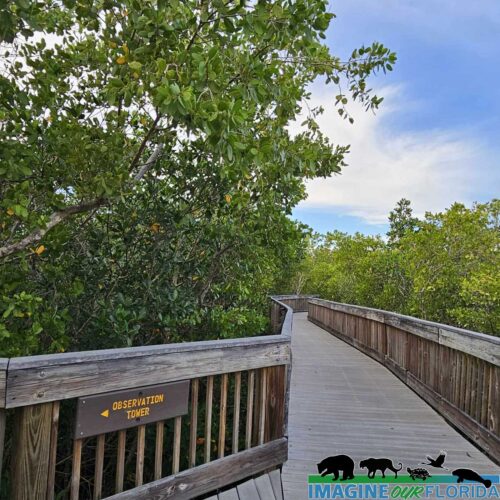










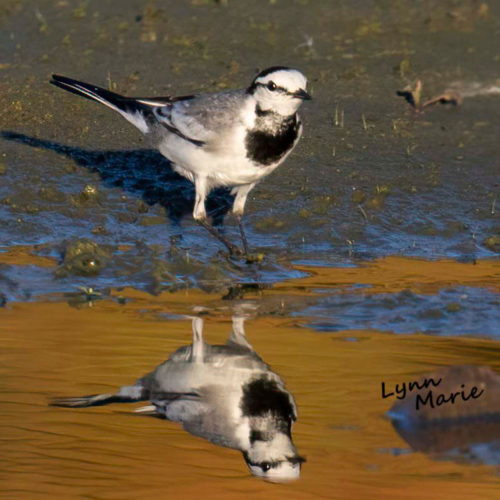
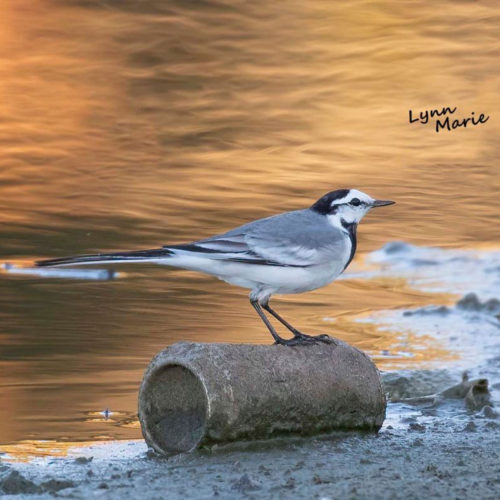



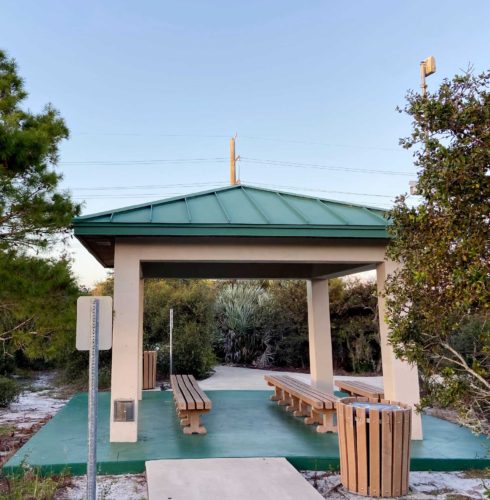


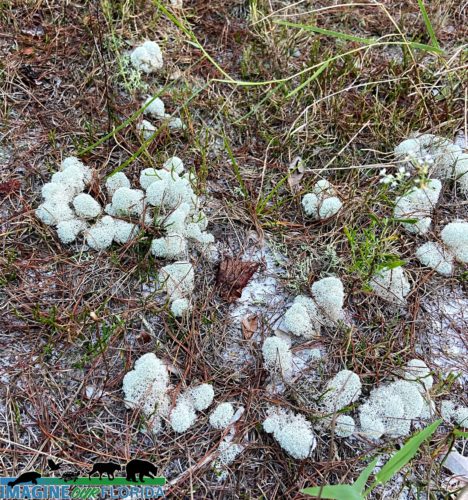
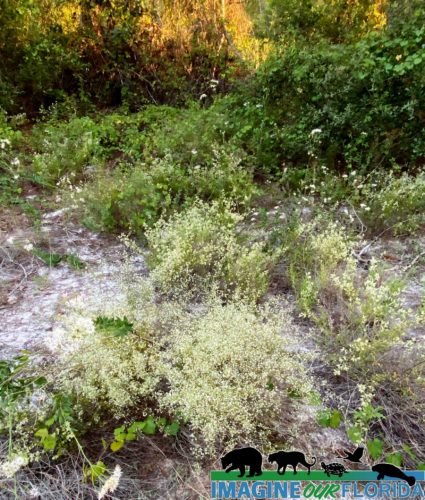


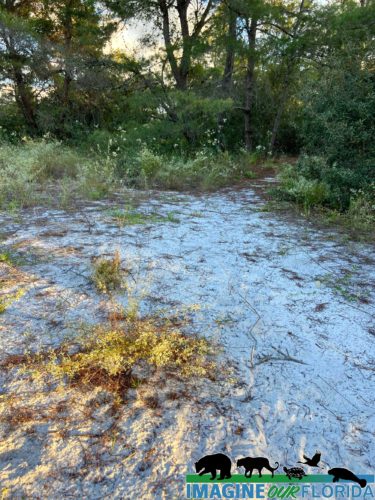





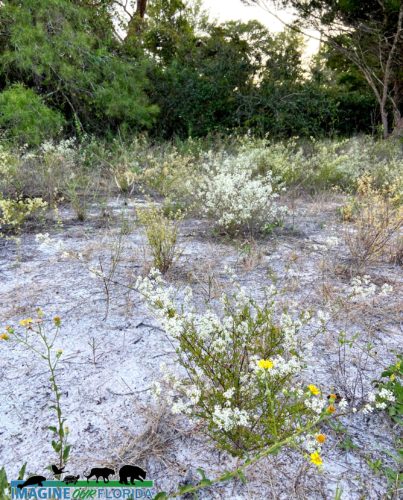




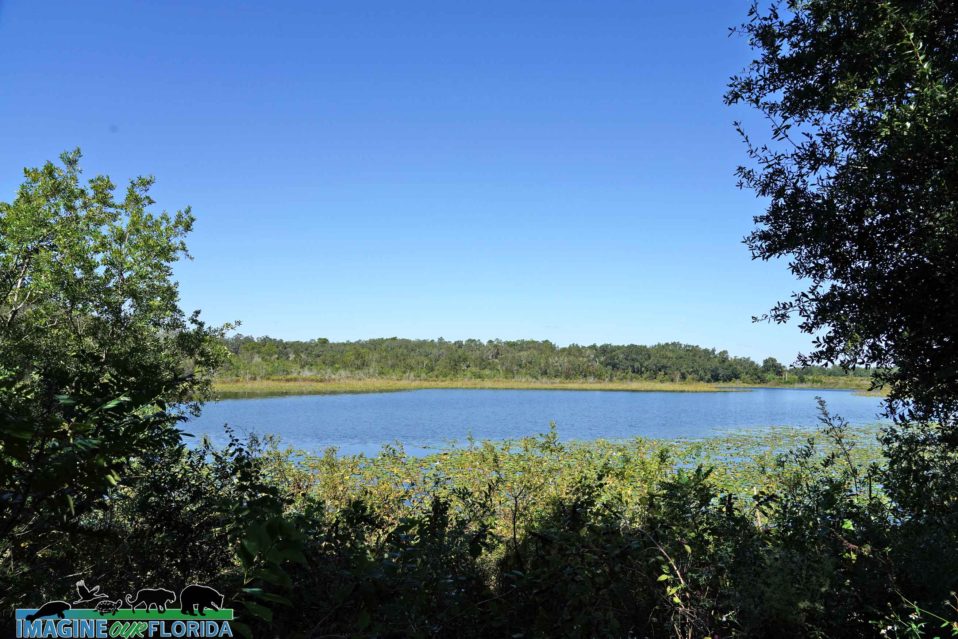















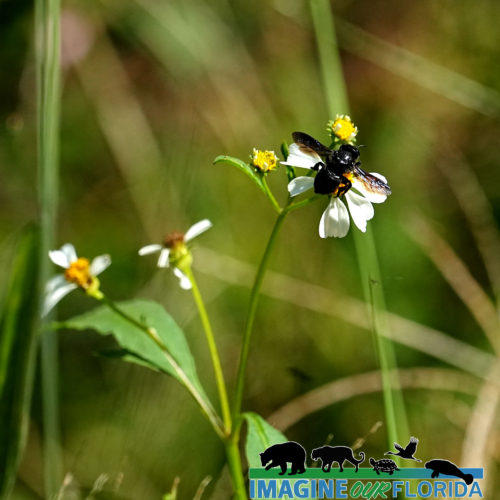
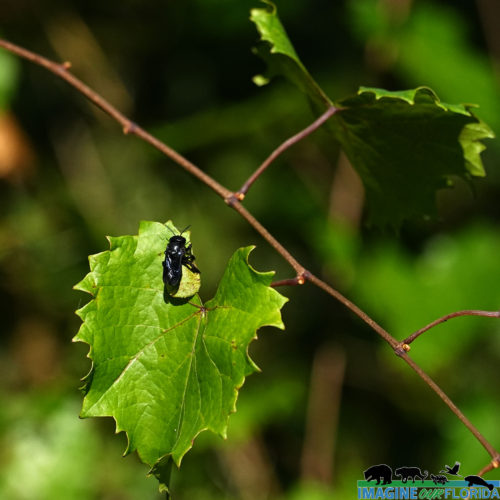






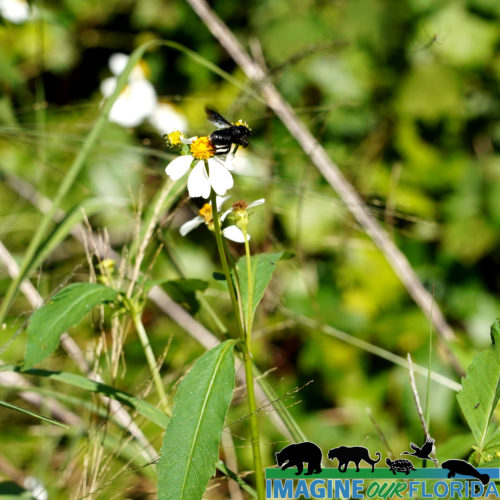




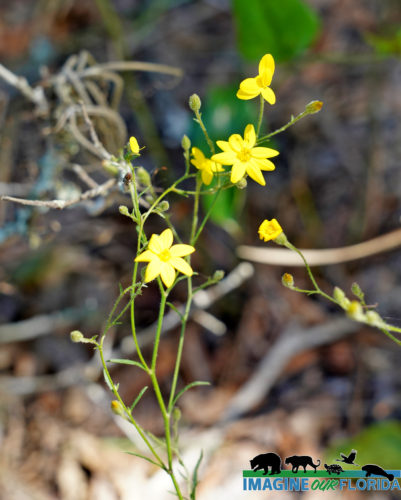





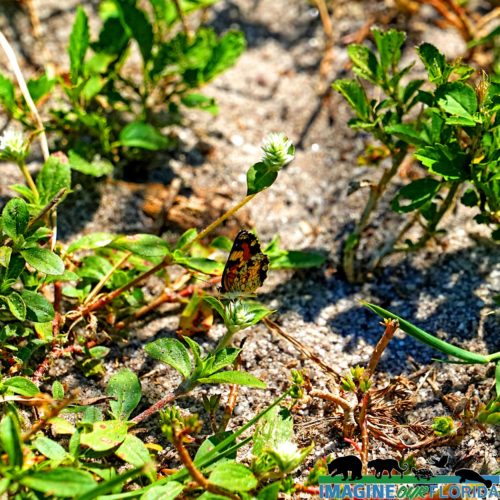

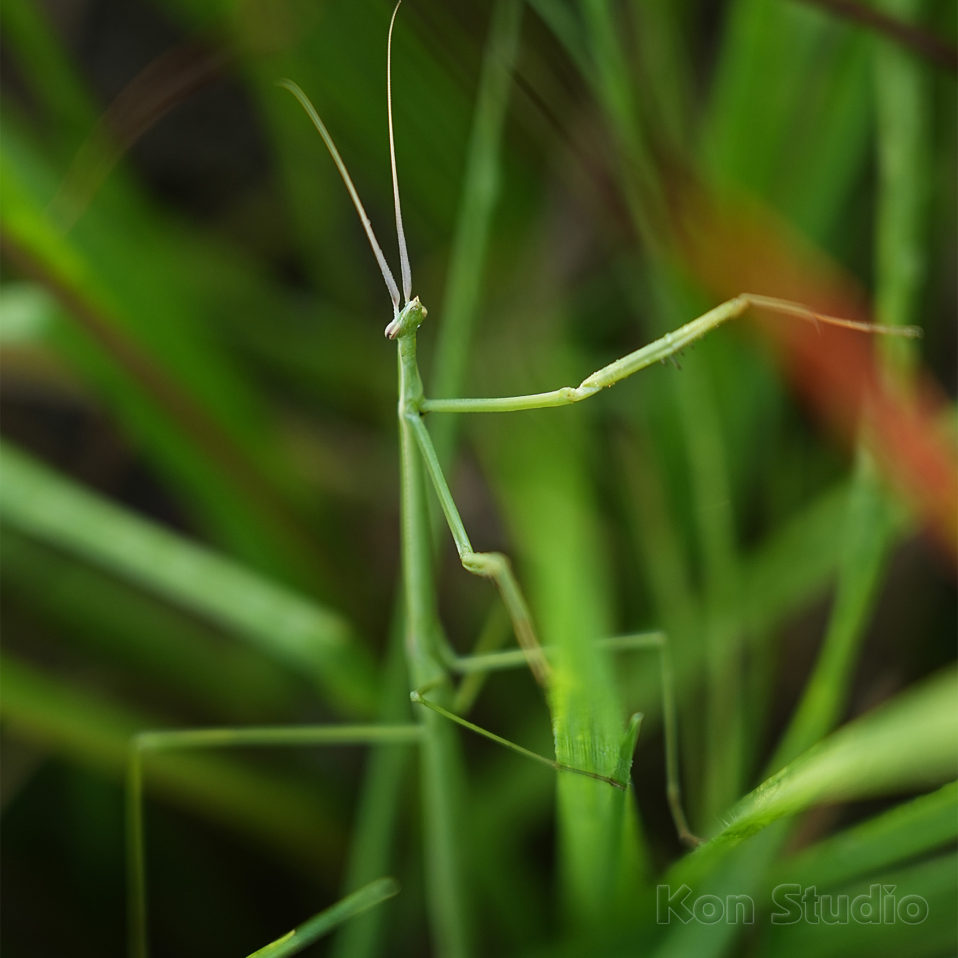






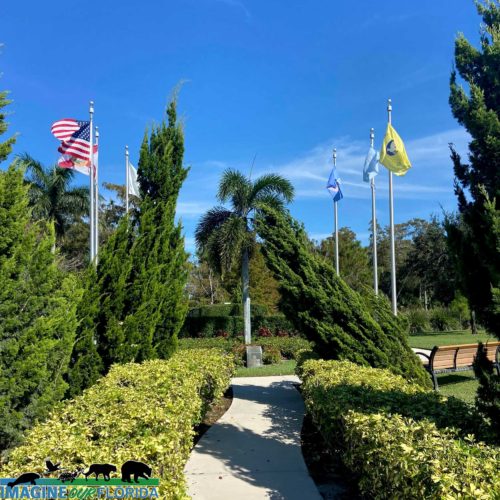












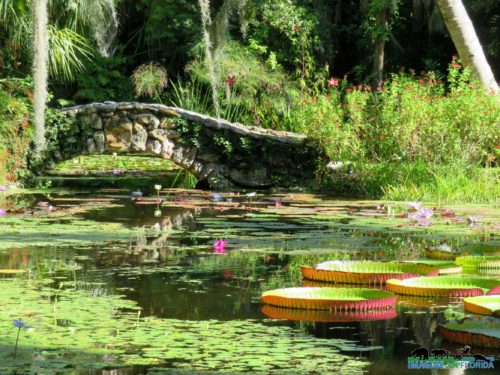



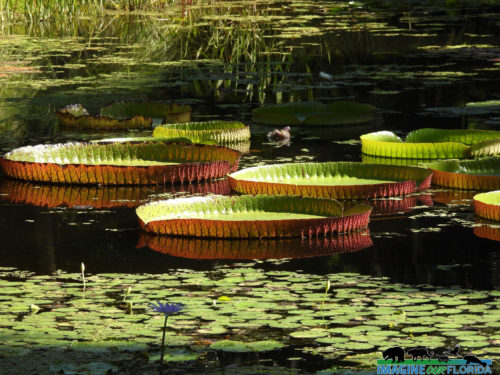
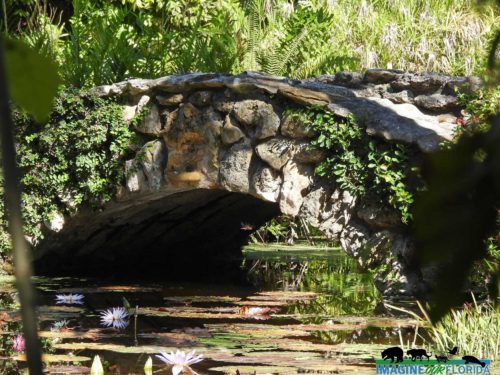




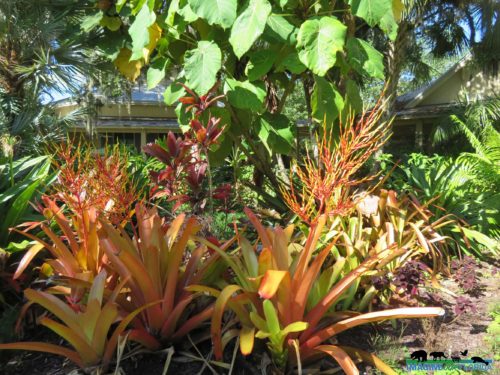

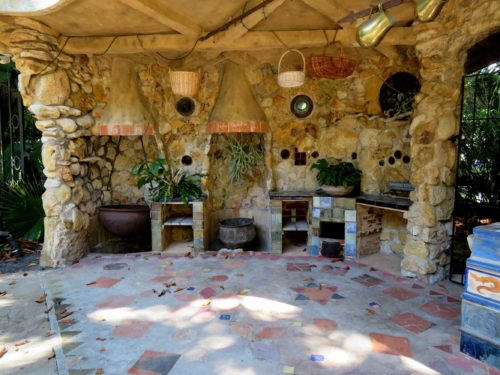

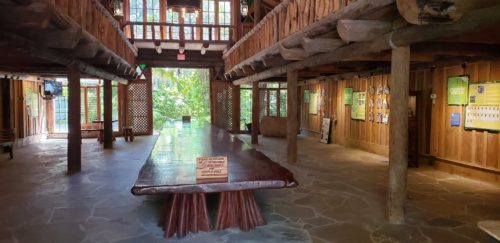

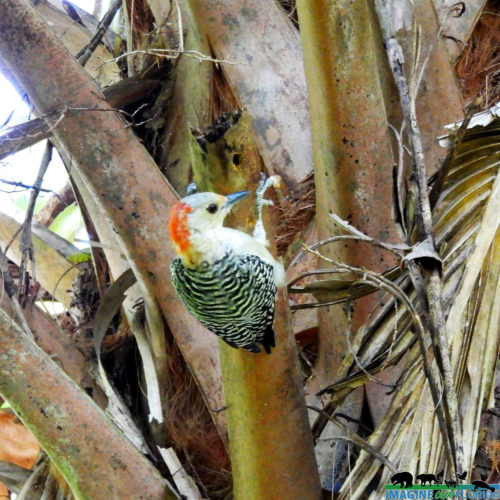




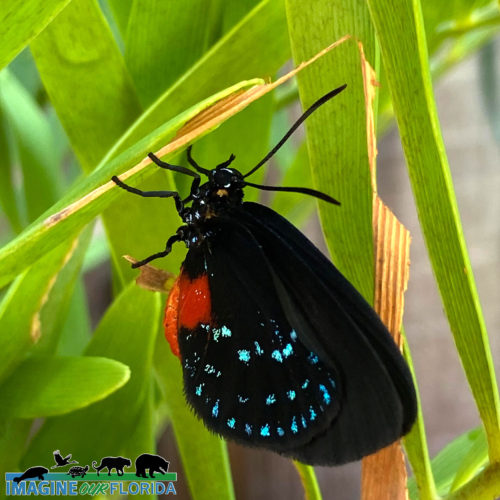




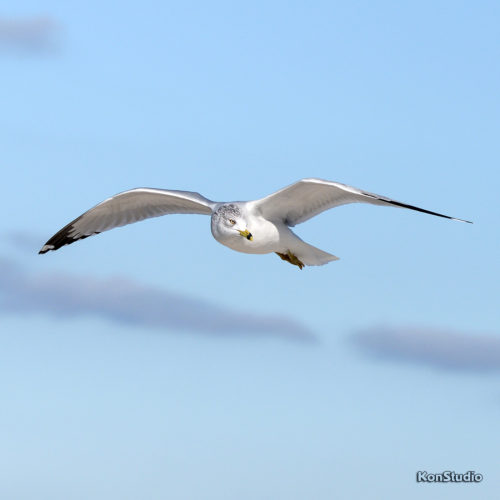











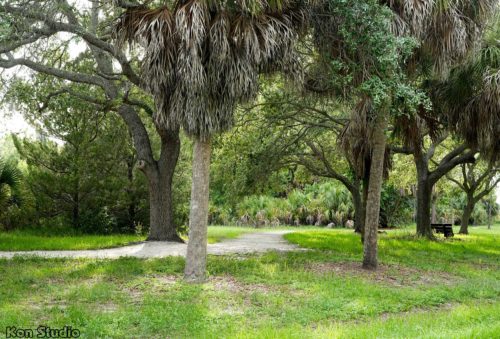



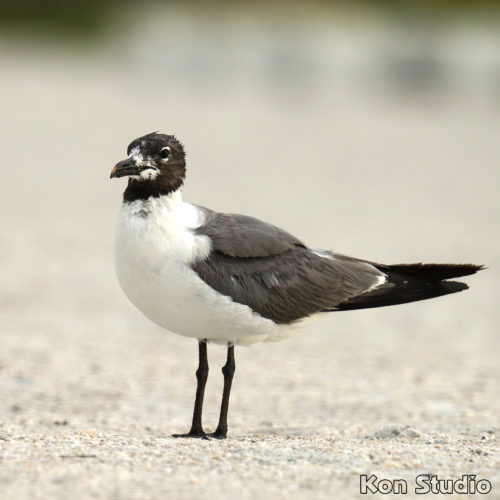
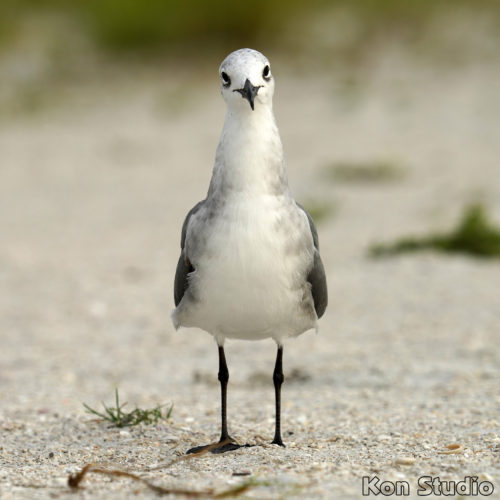


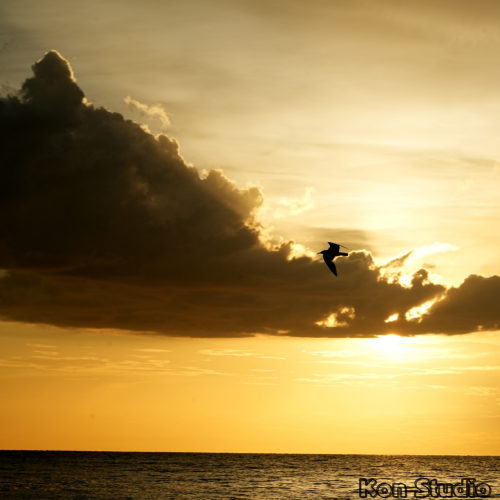




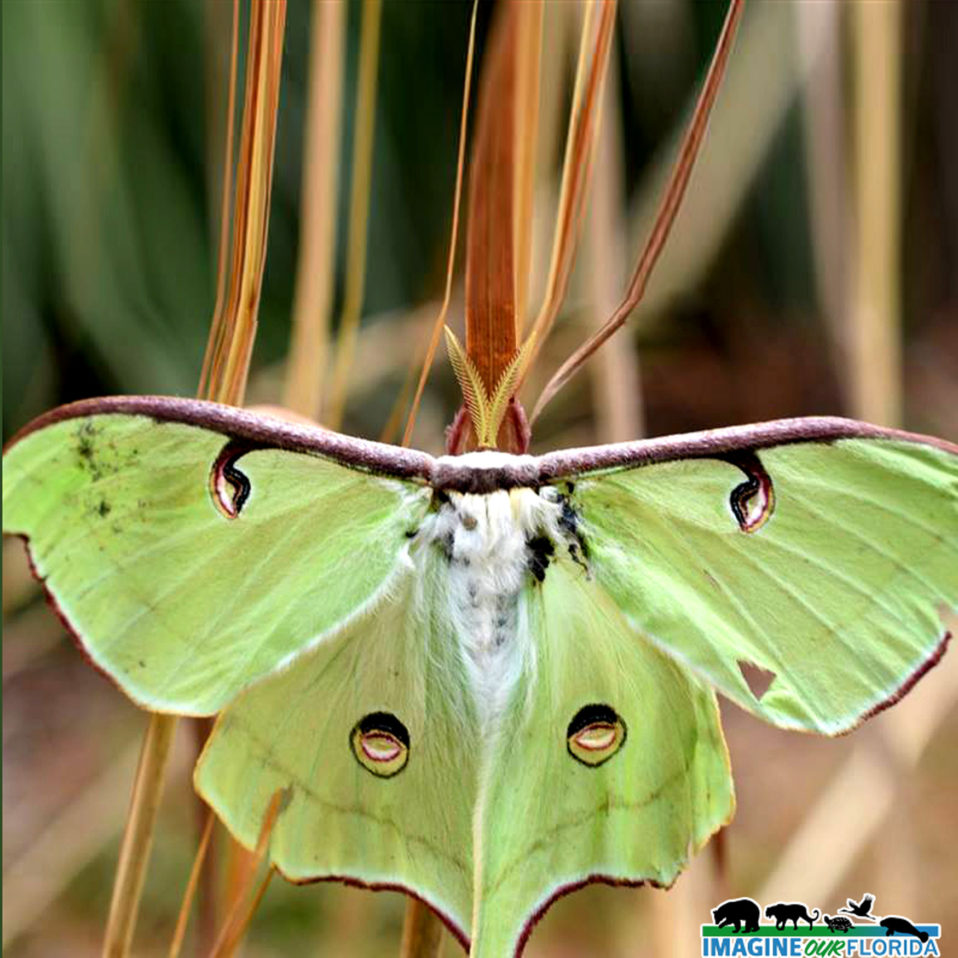













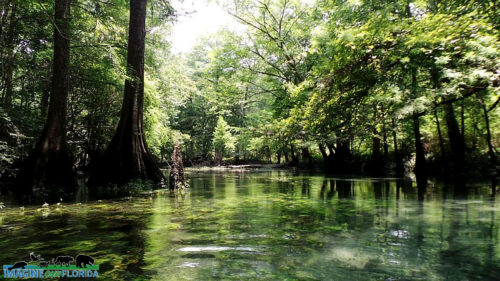










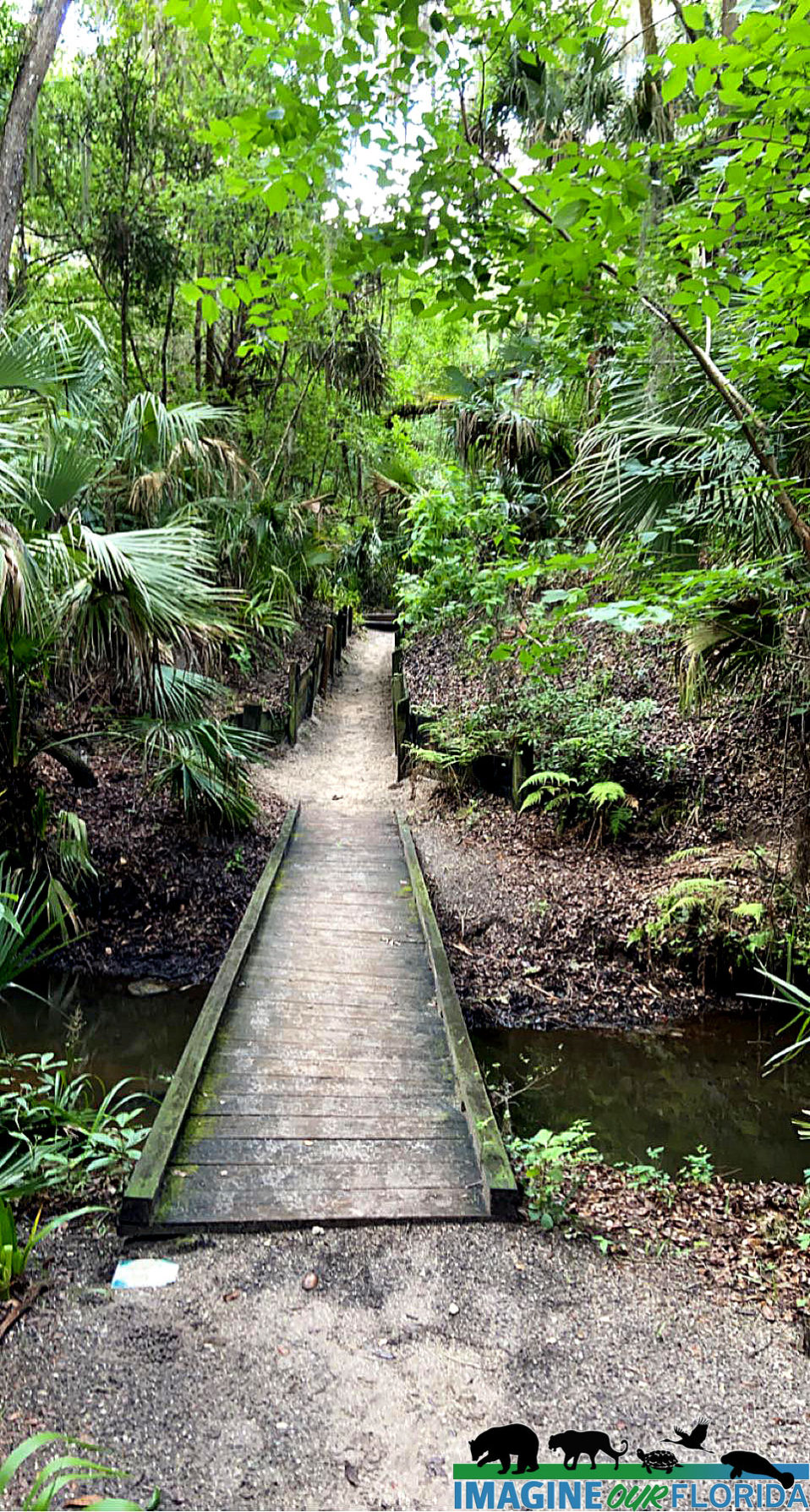


 ted
ted
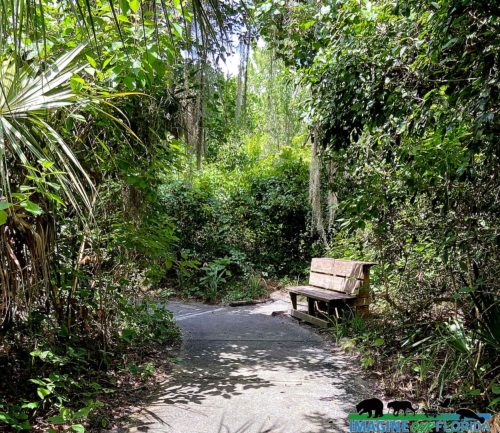

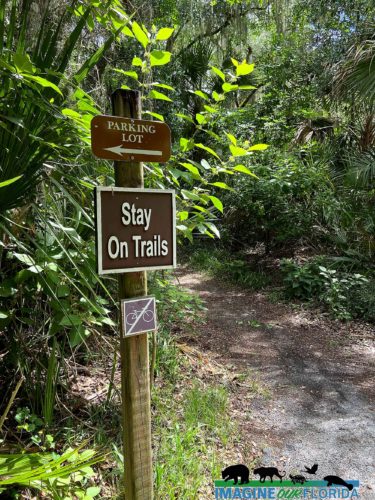












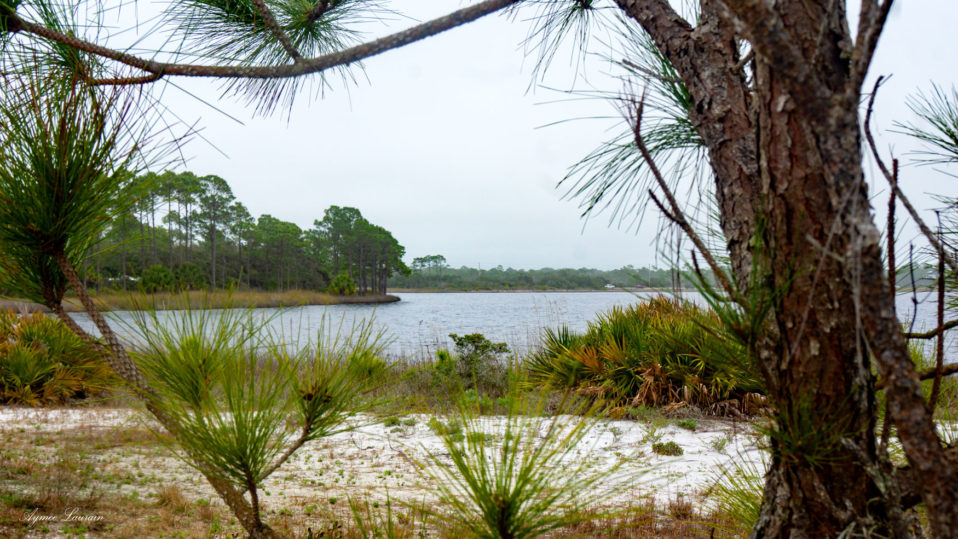







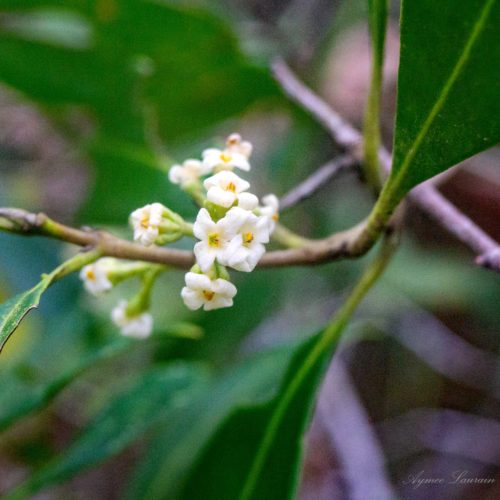

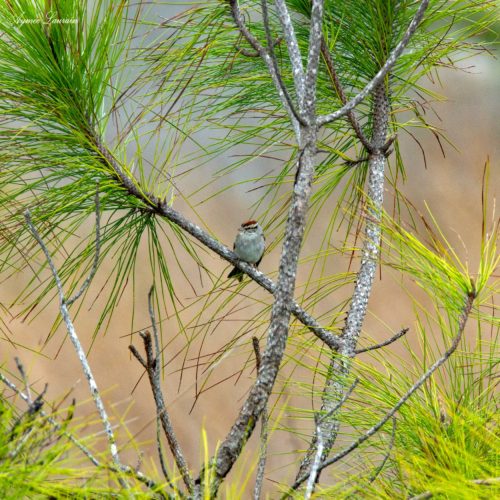

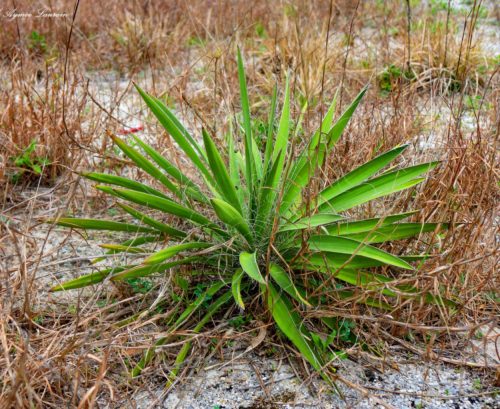






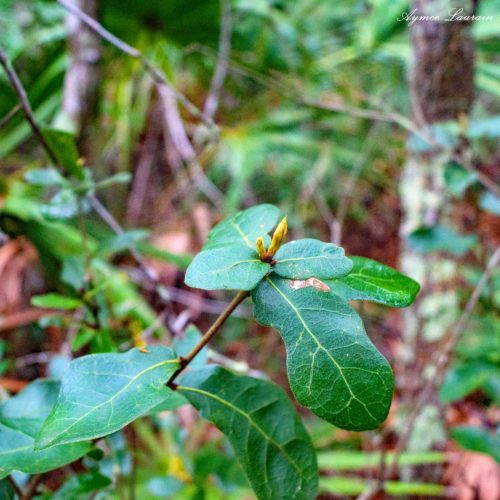


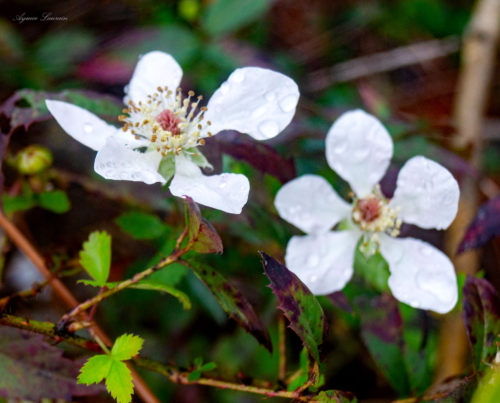
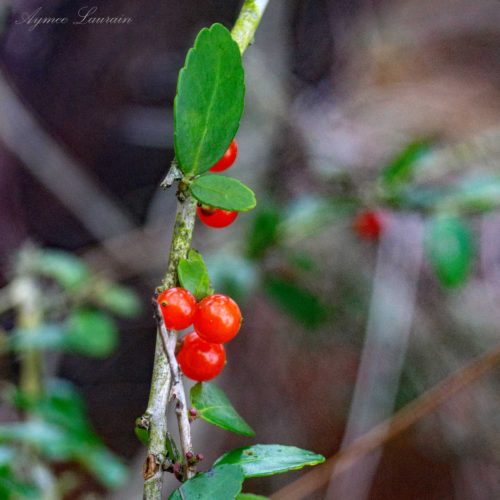



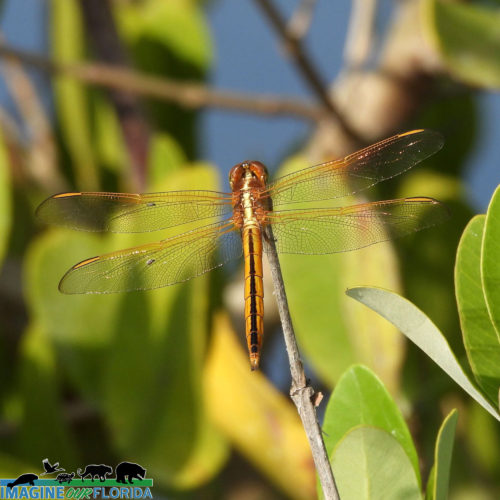

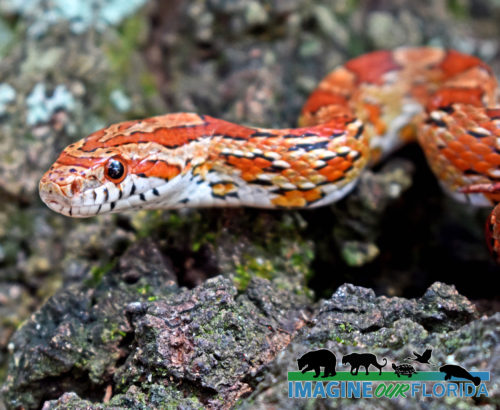
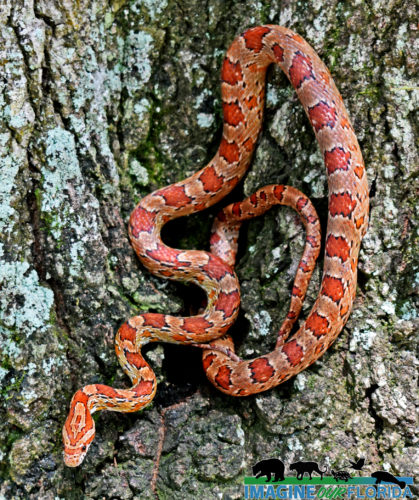
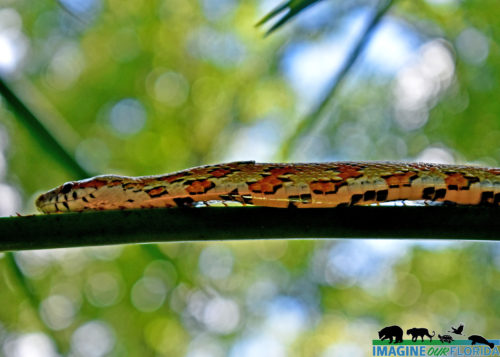
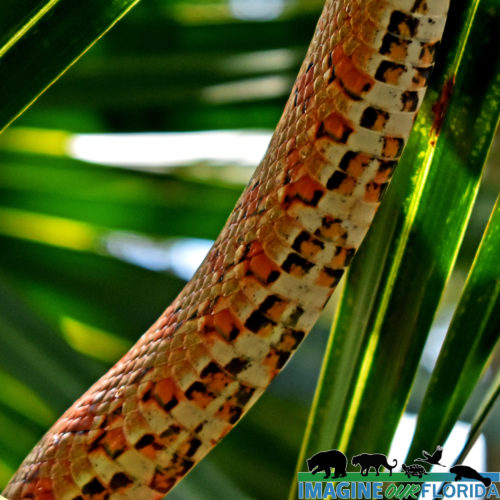


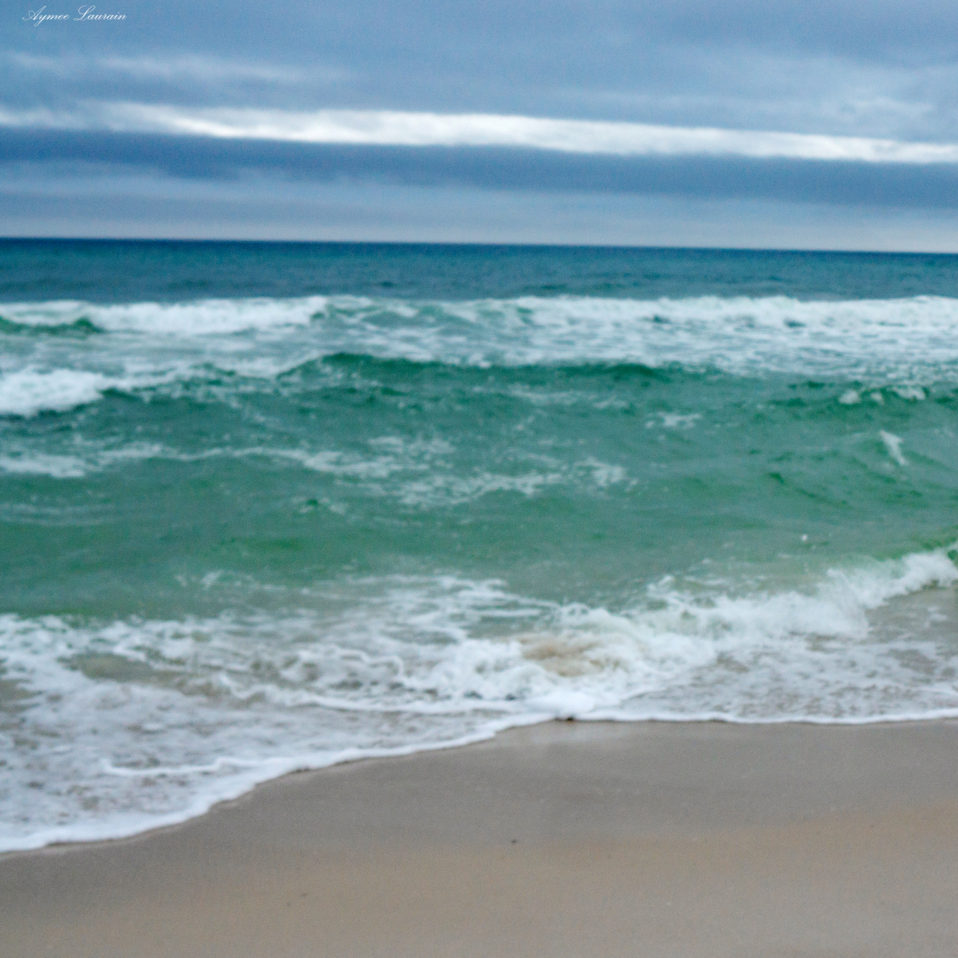











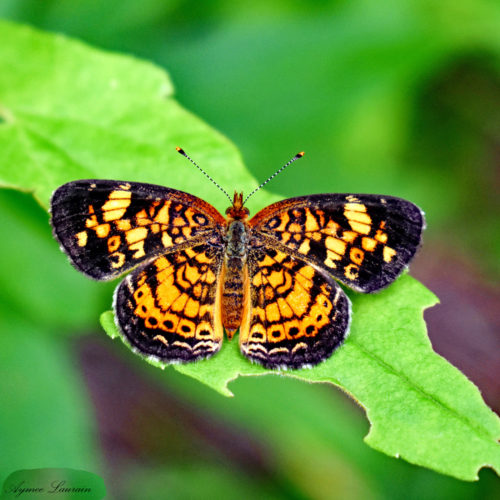








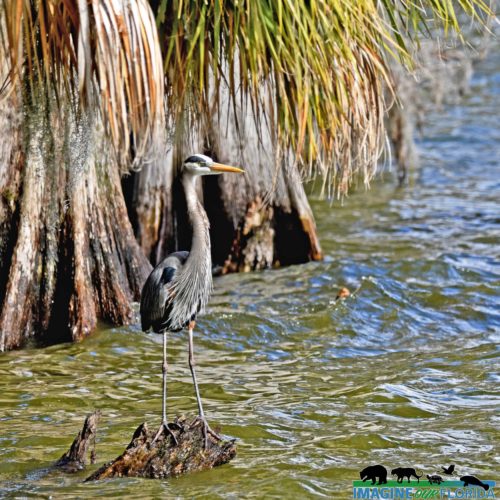











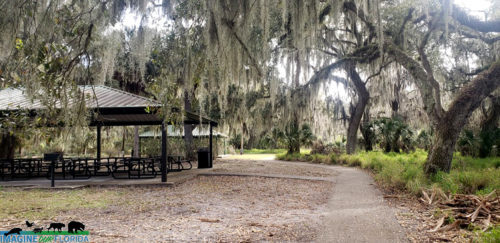


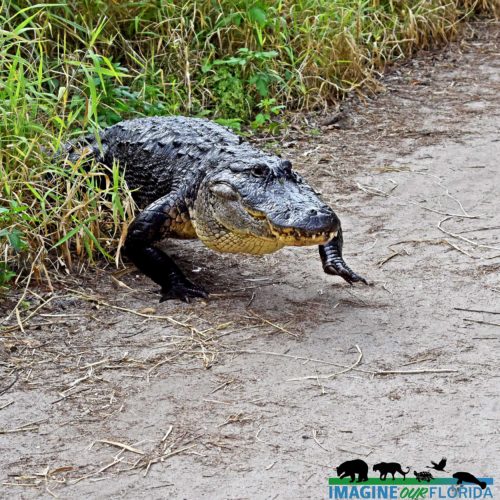


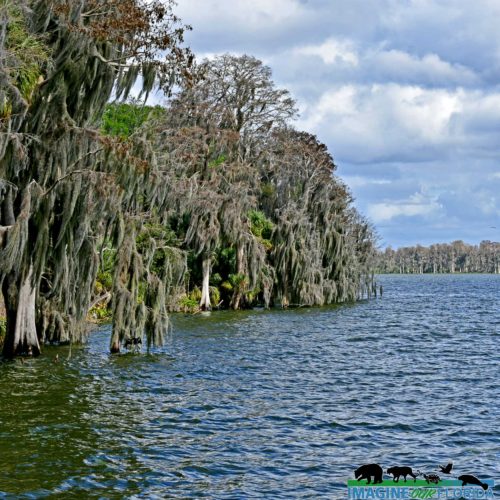












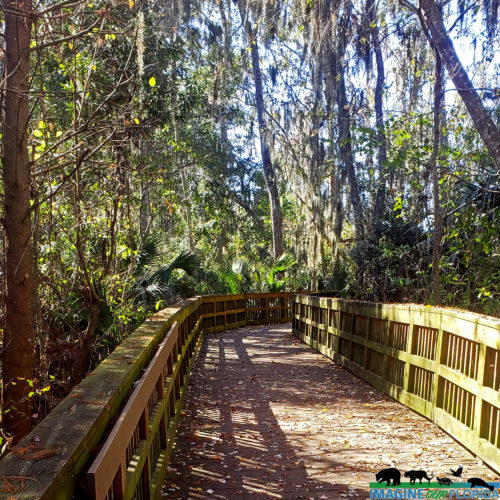






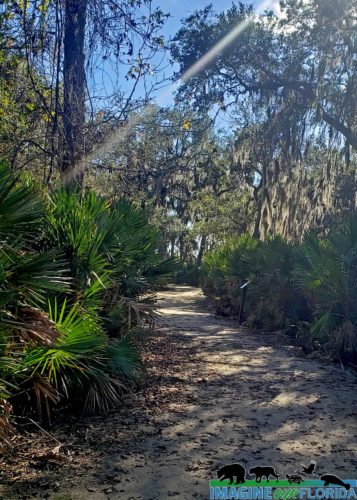



























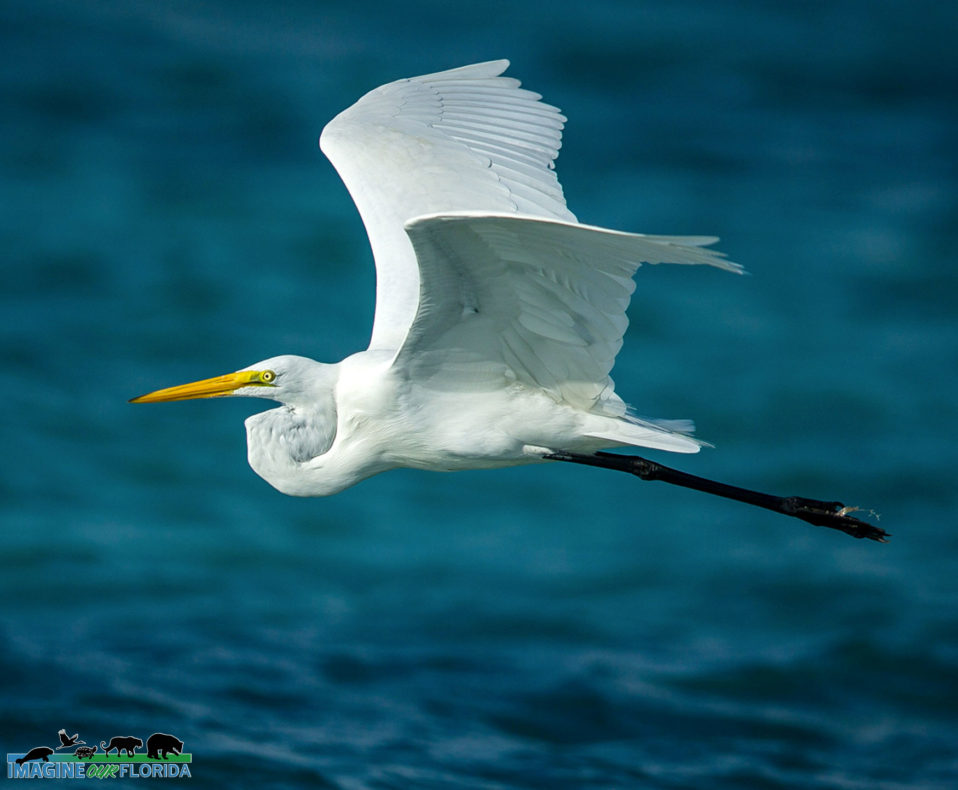
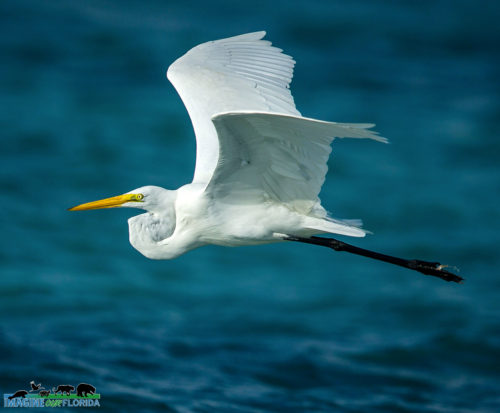 gr
gr

 eat
eat
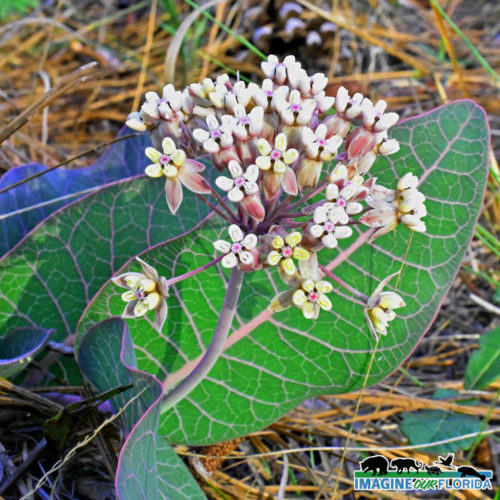




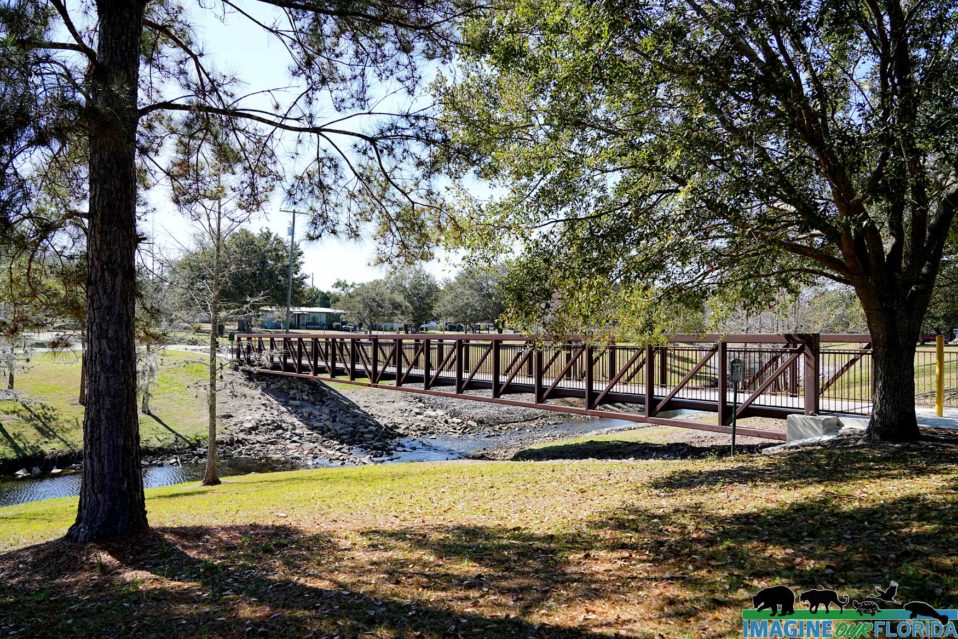






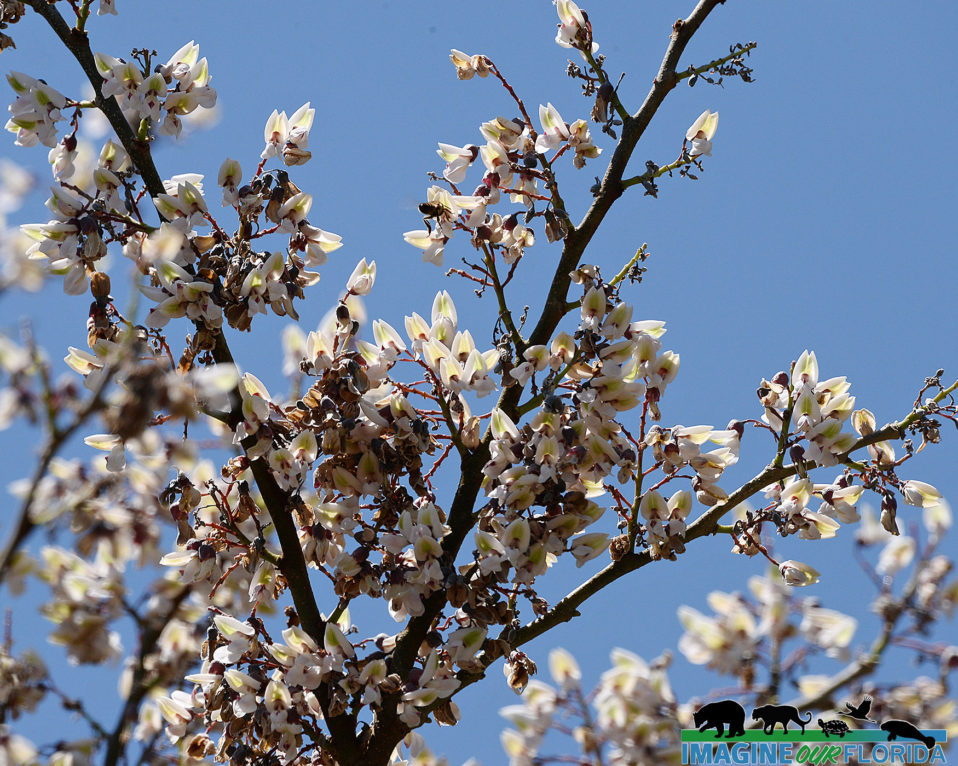





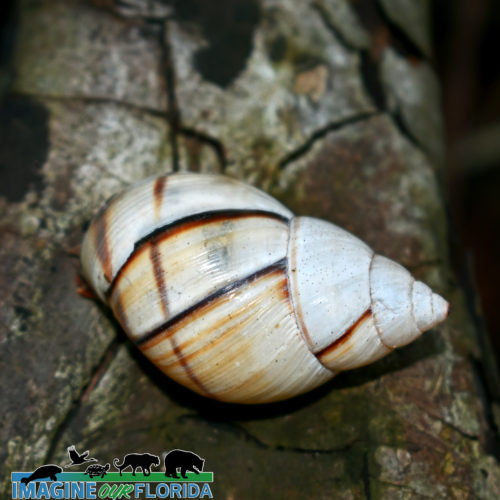















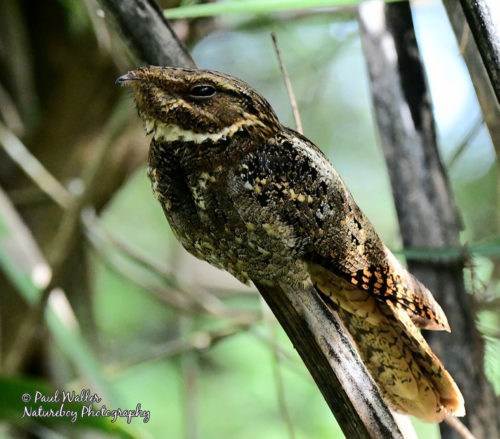




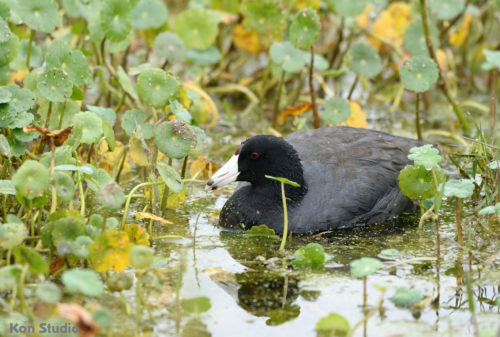
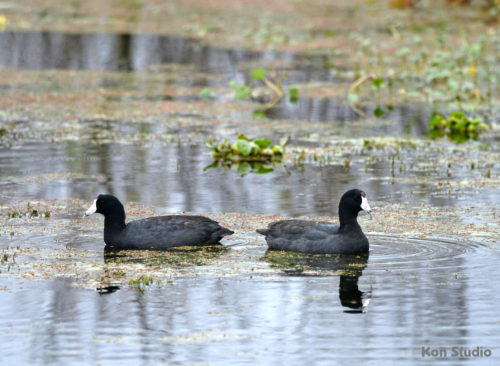

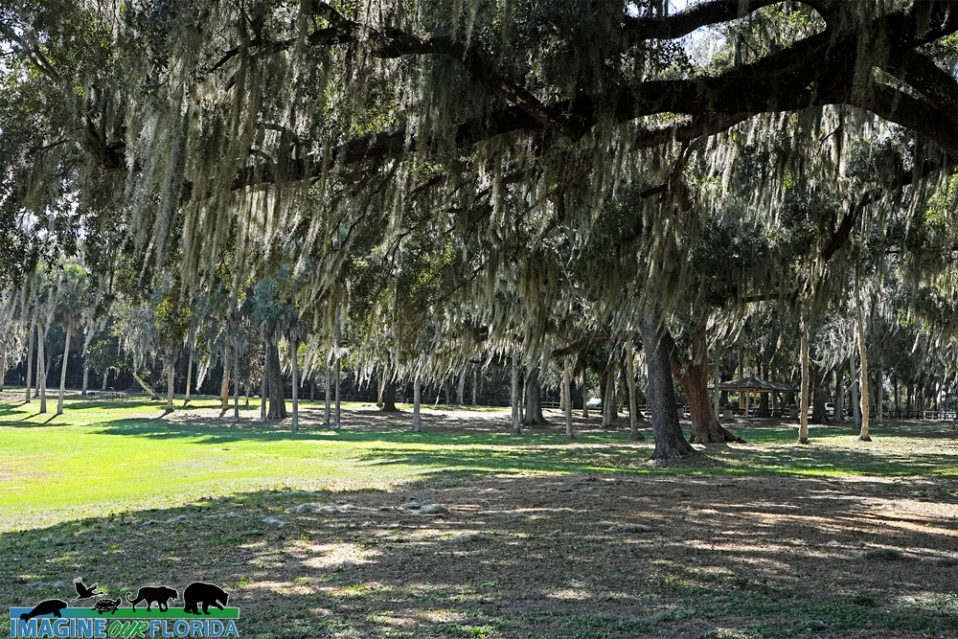



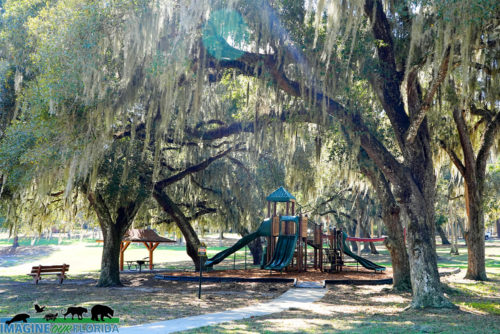


 m
m

 a
a










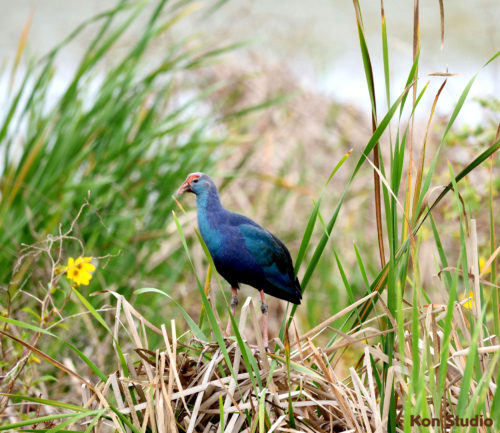









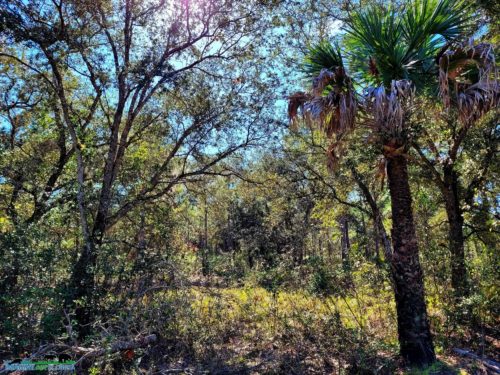













 iof, imagineourflorida,
iof, imagineourflorida,
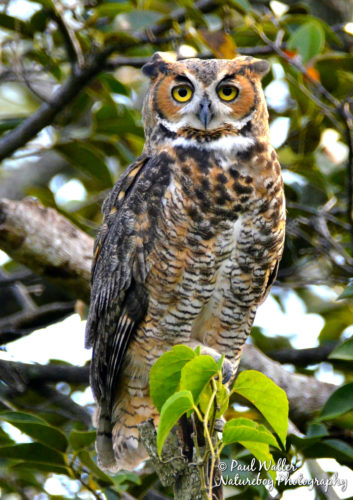












 tle
tle
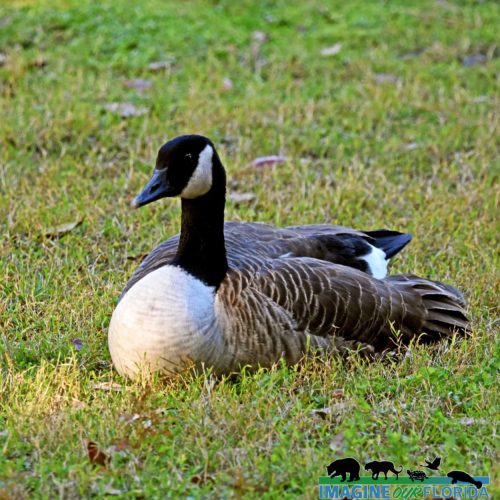


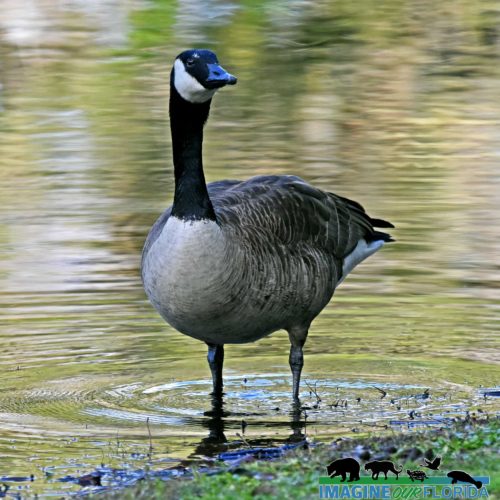
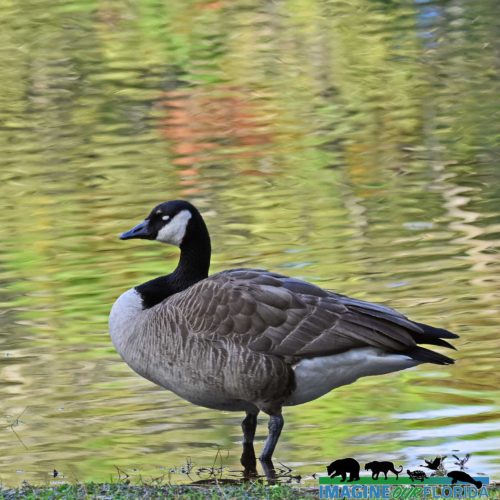

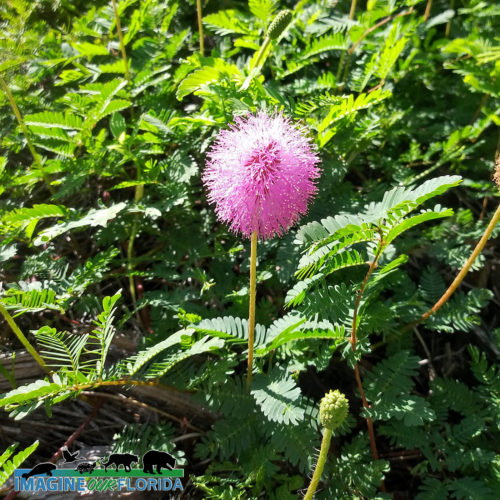
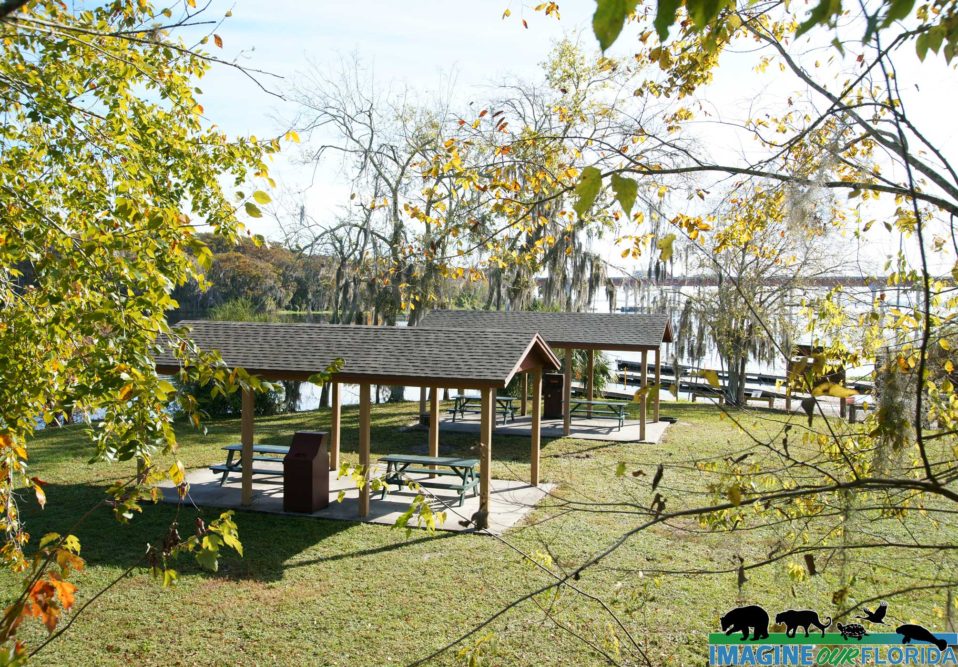






















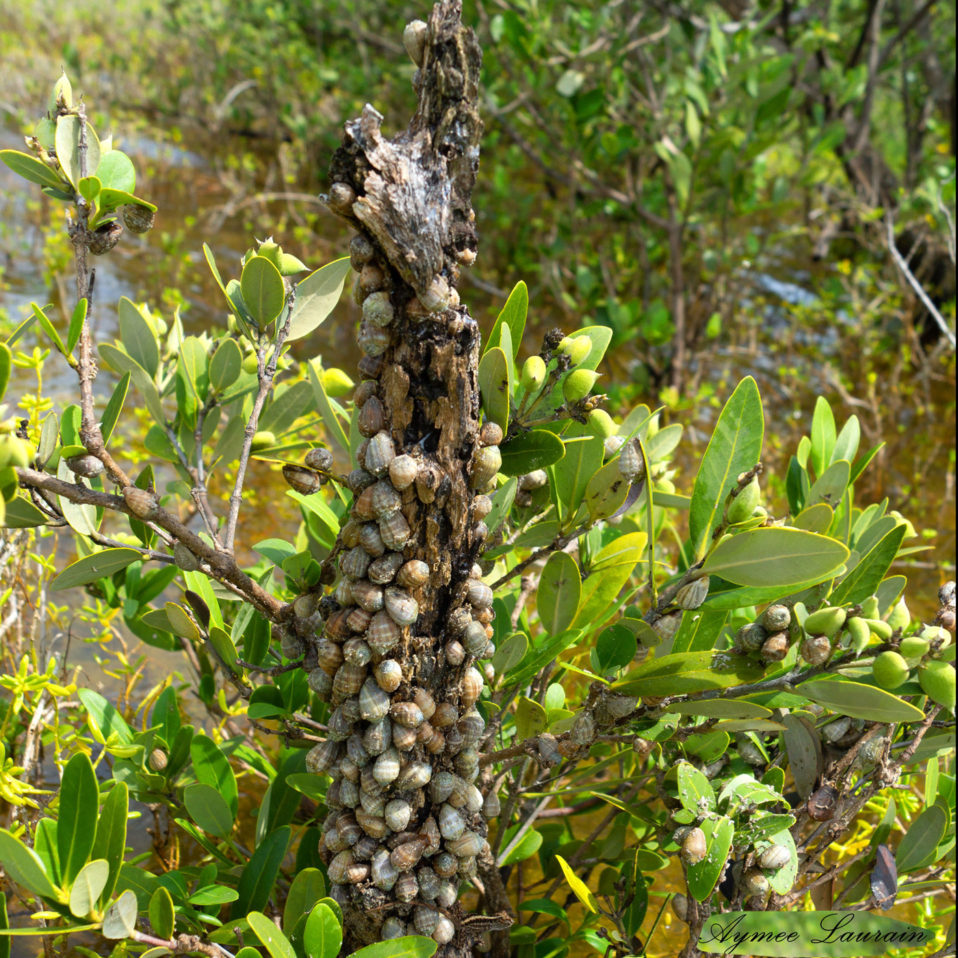







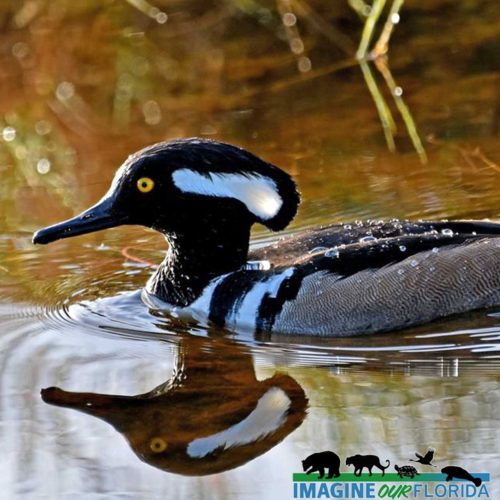




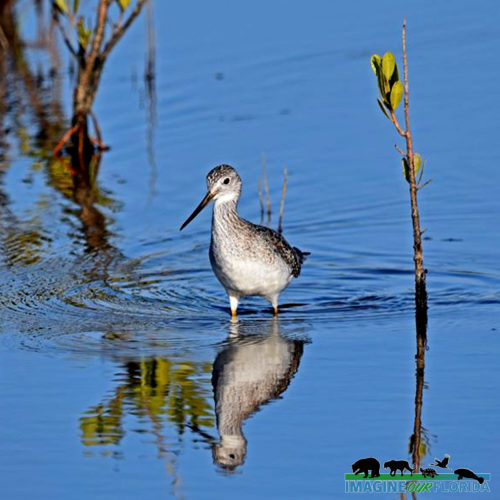

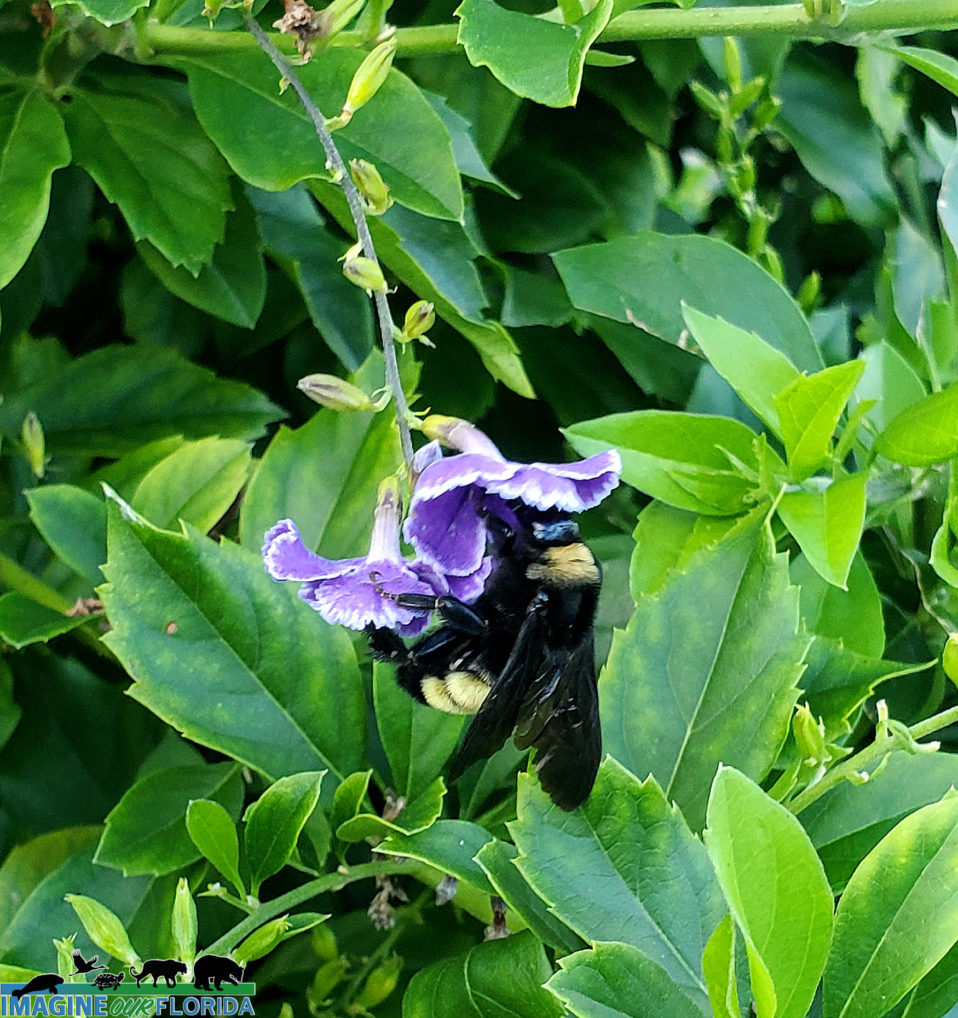







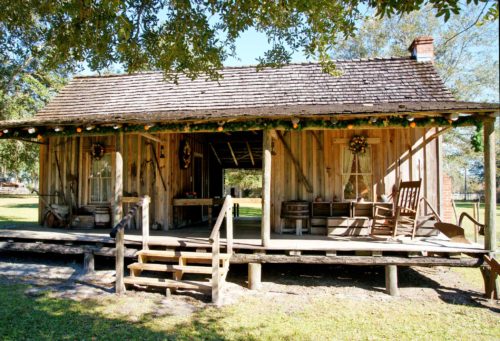

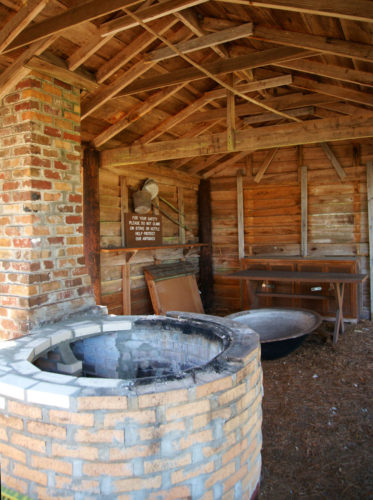
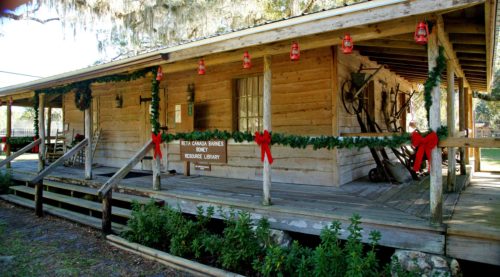


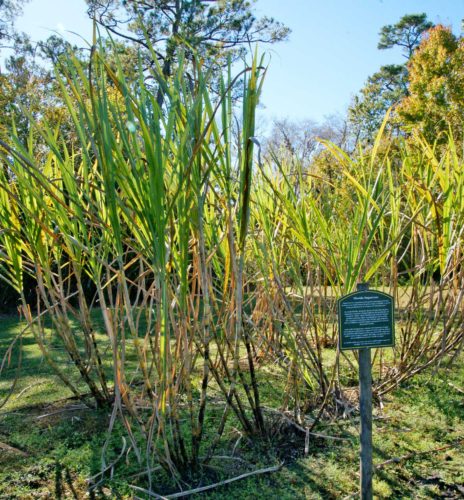







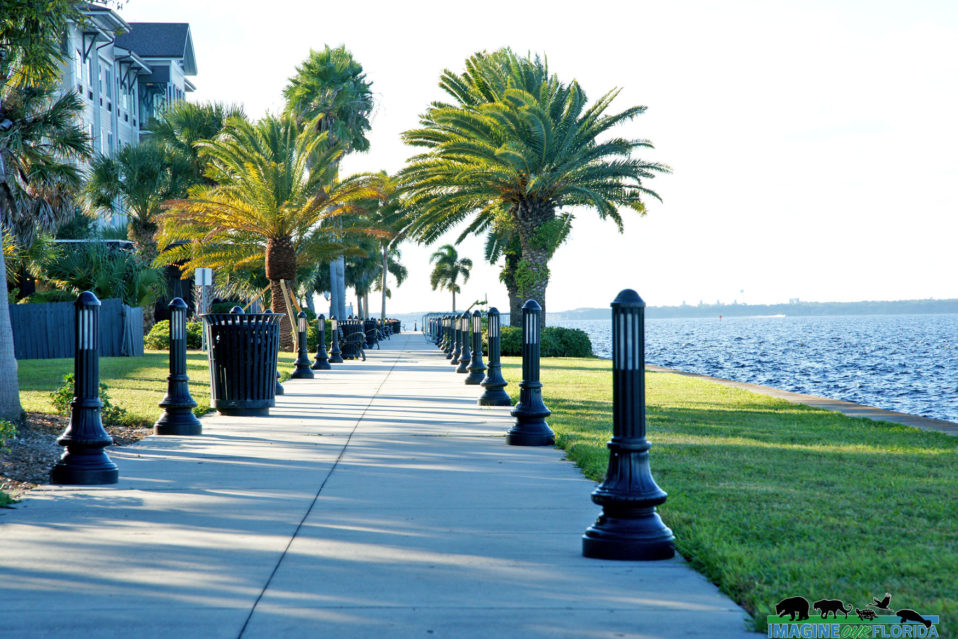



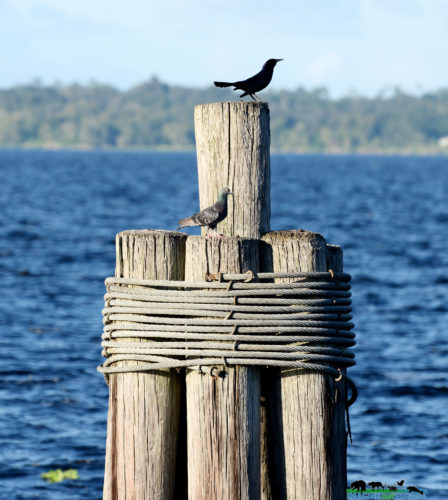




 l
l k
k

 nfor
nfor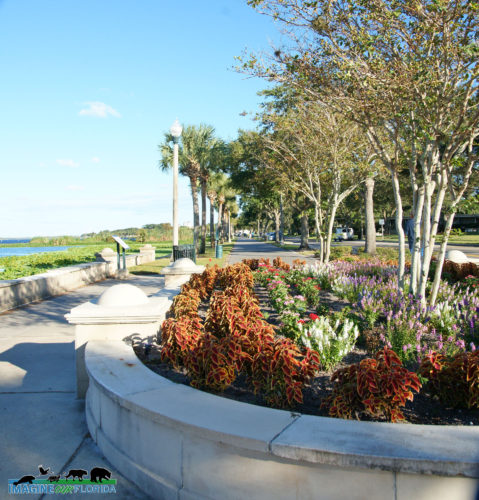


 s
s
 wil
wil
 d
d



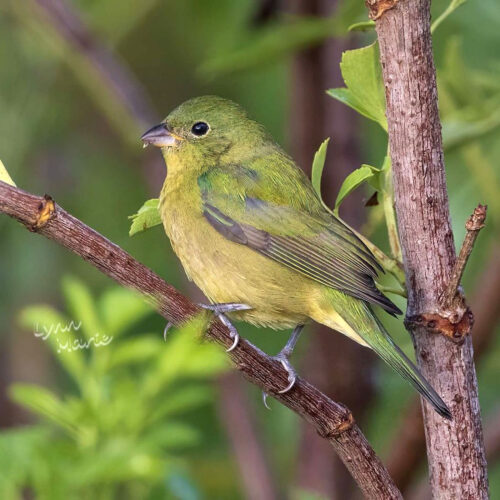







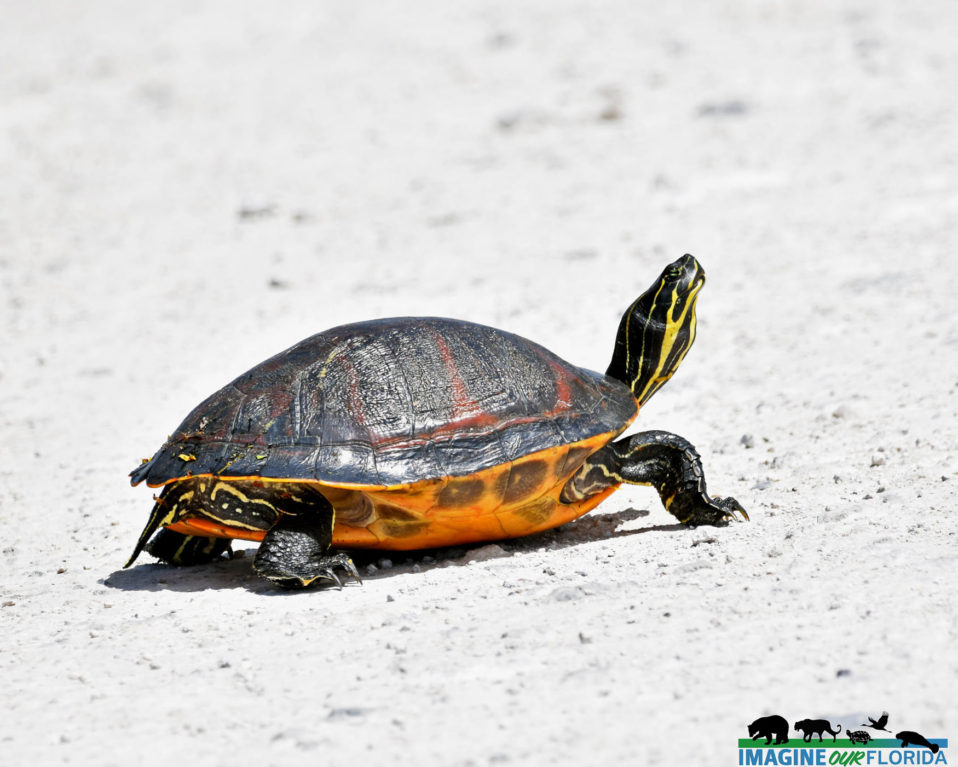
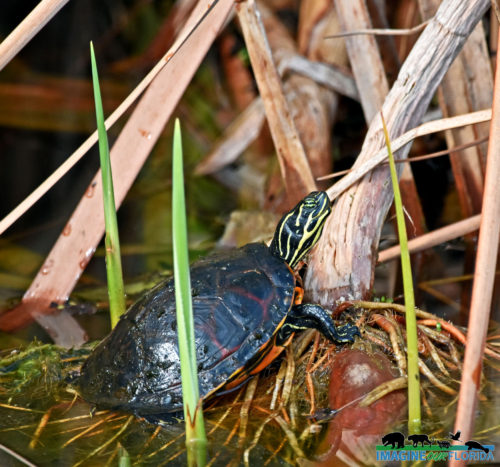

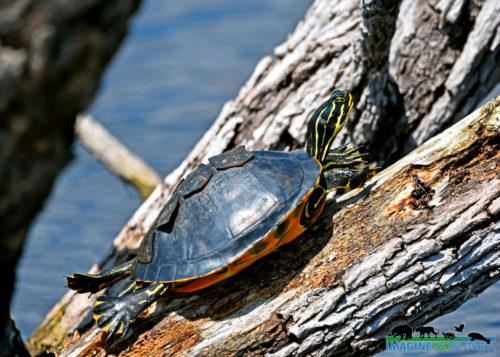








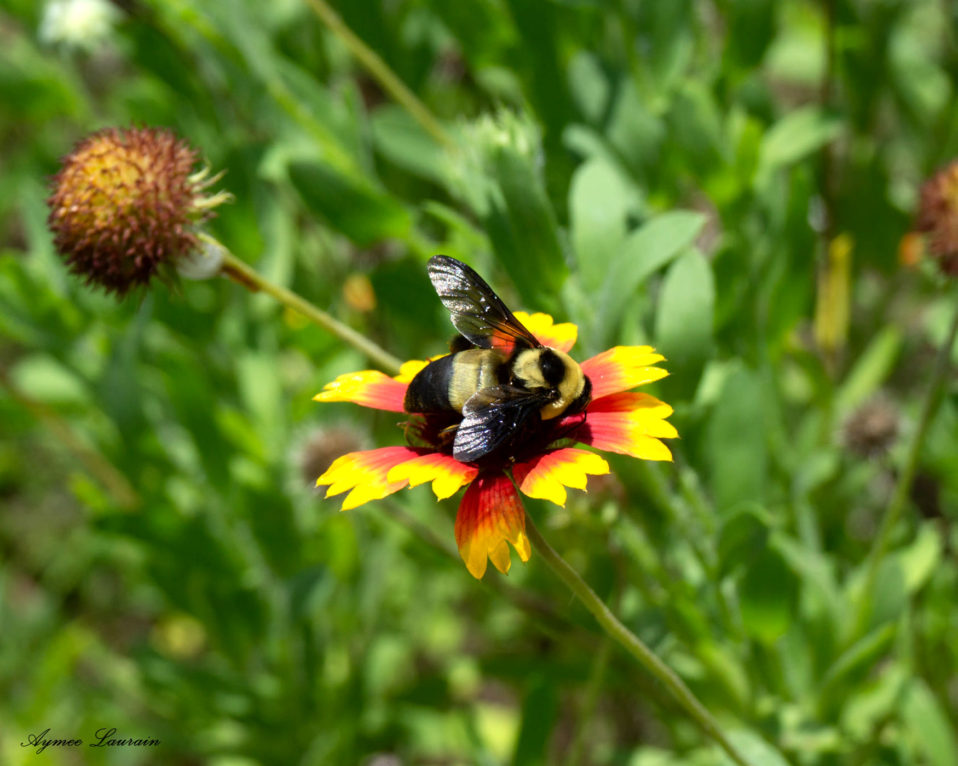








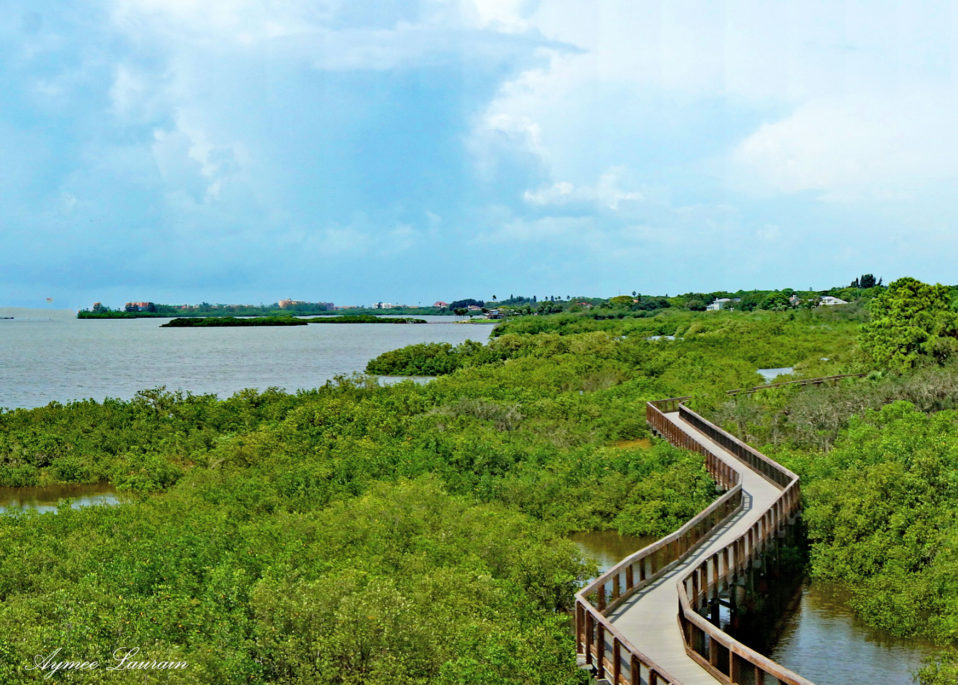
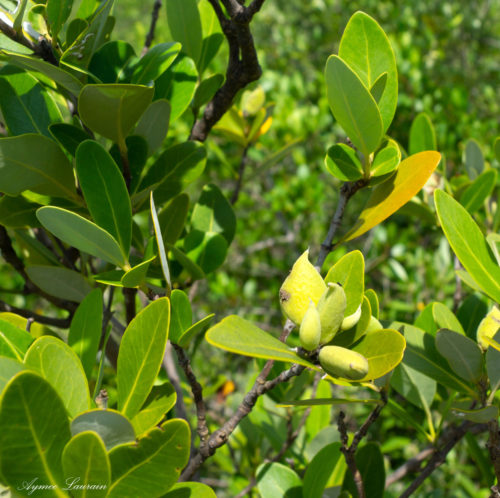
















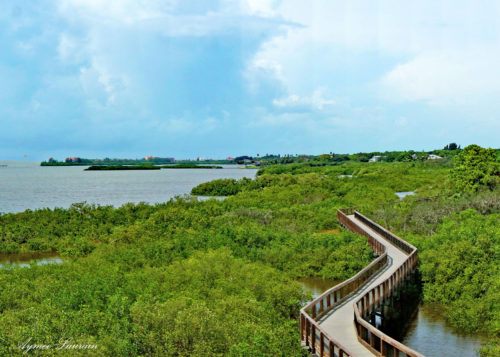














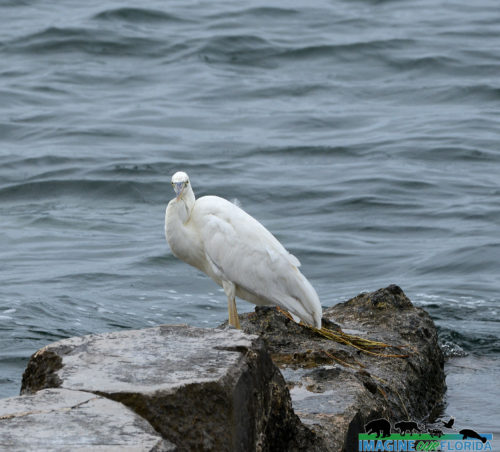




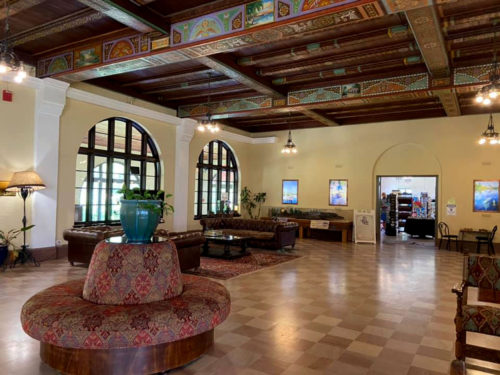



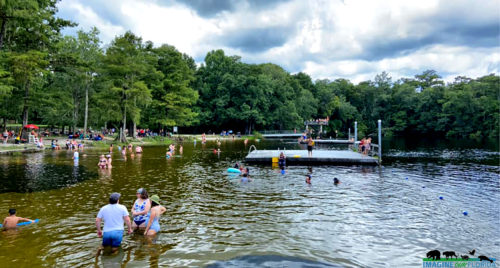
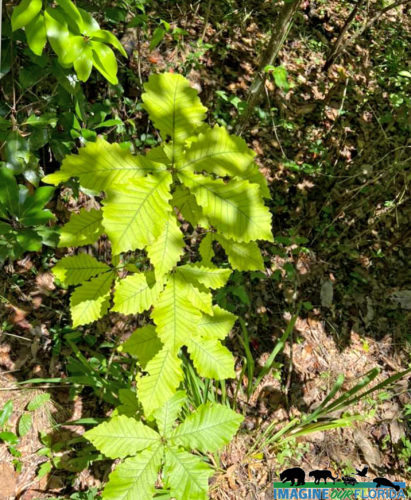
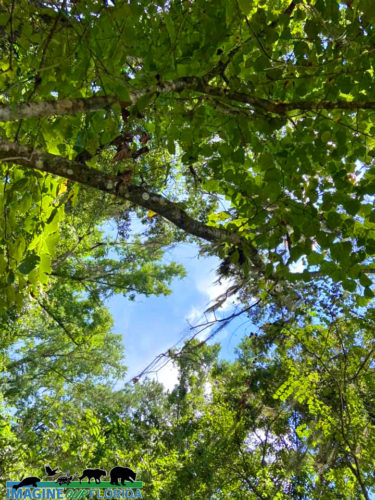

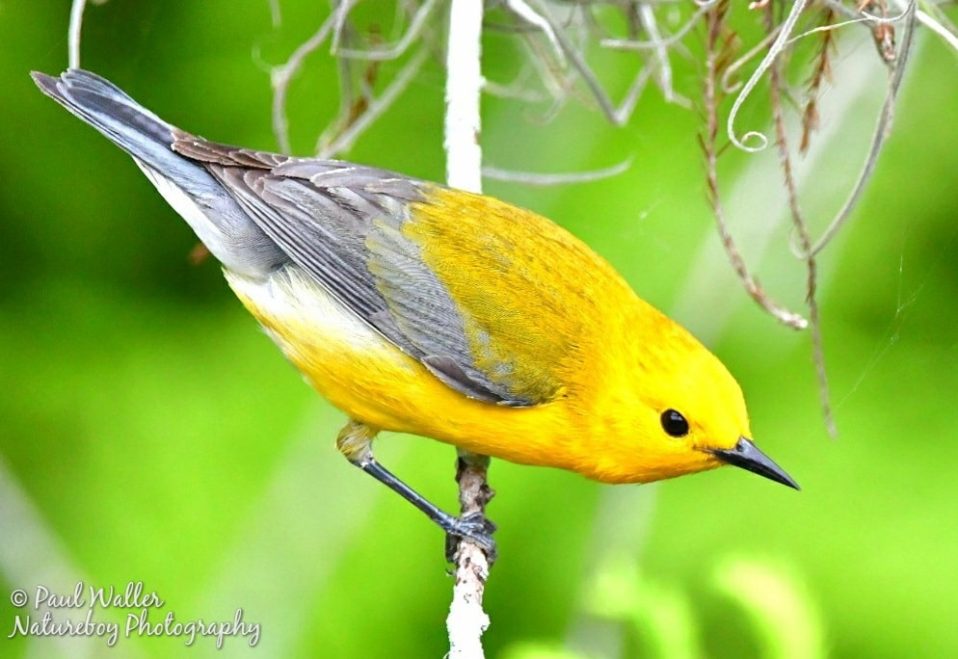
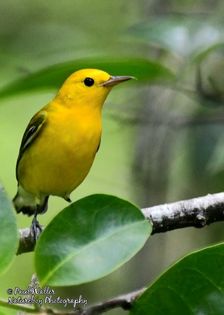
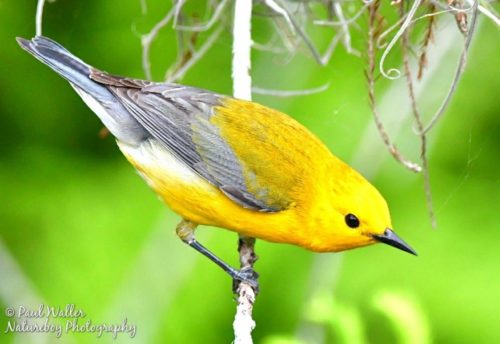

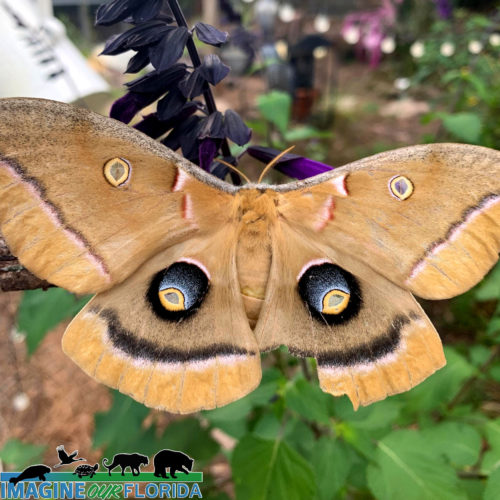













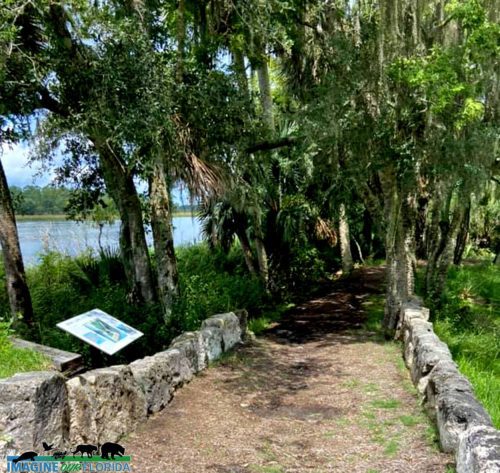
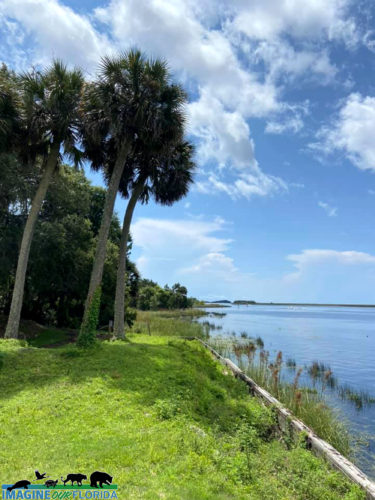





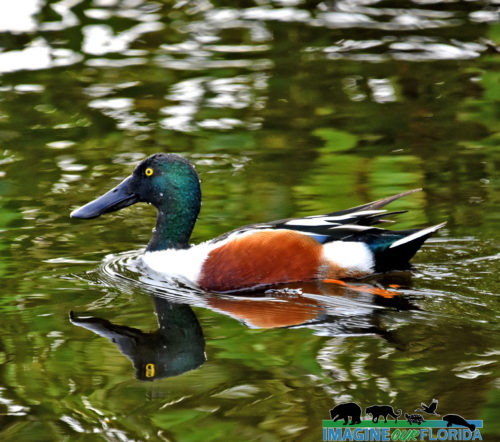













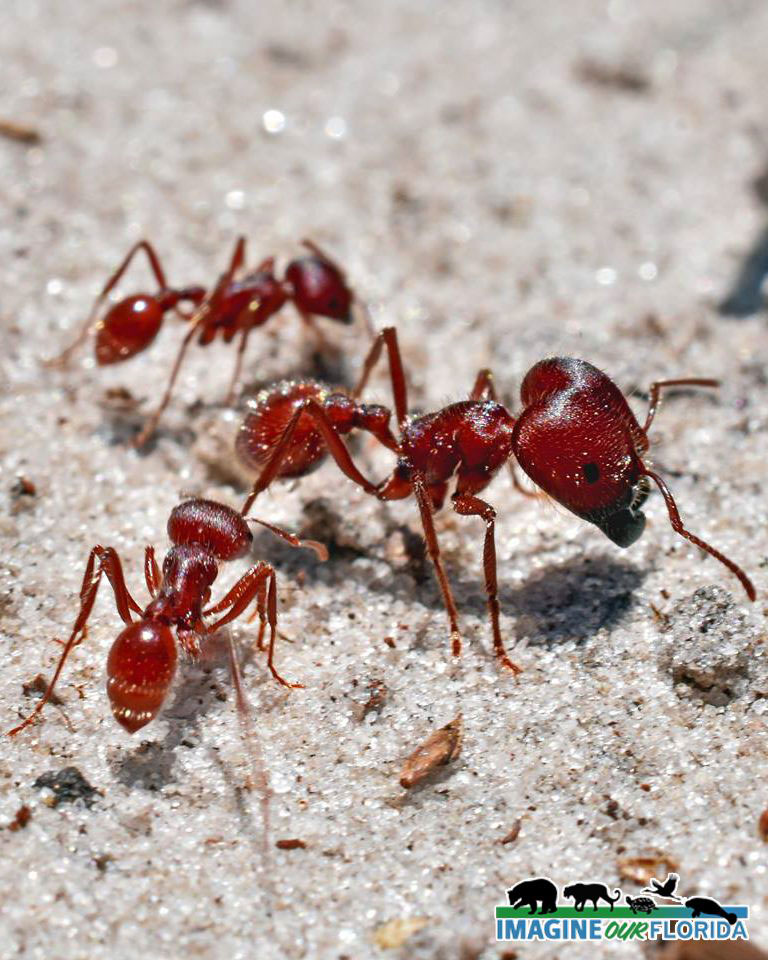





Recent Comments